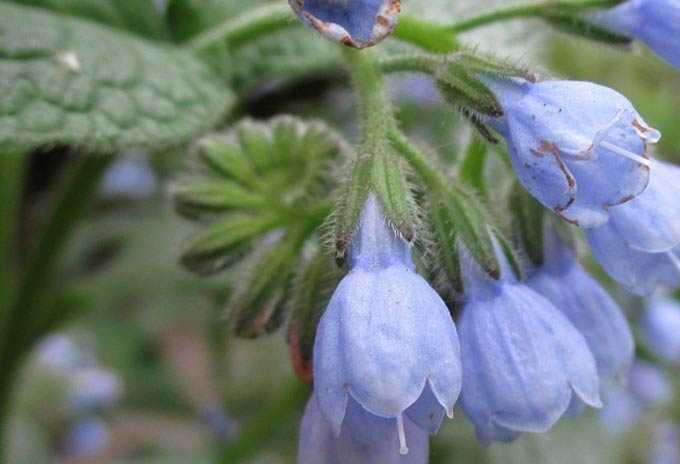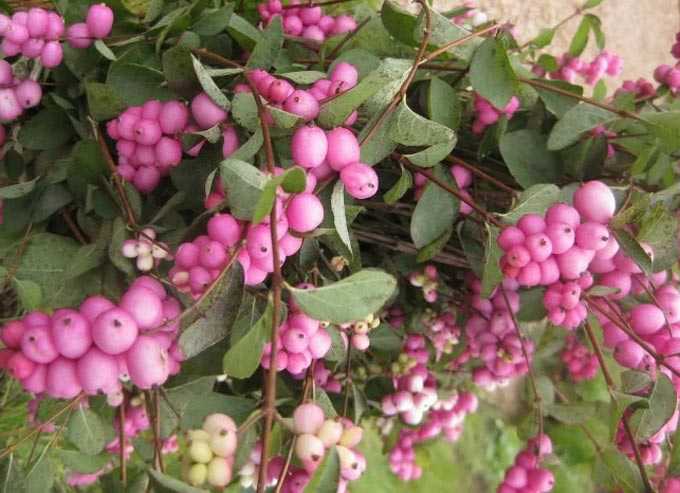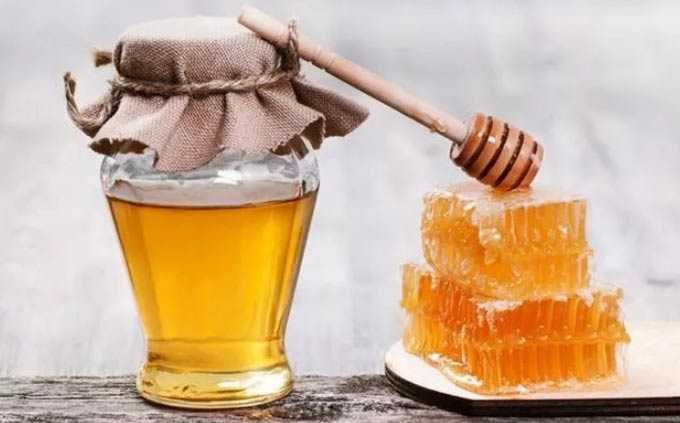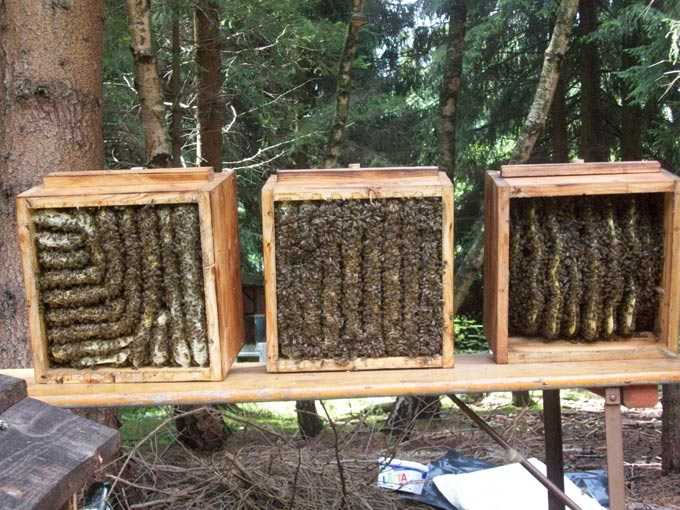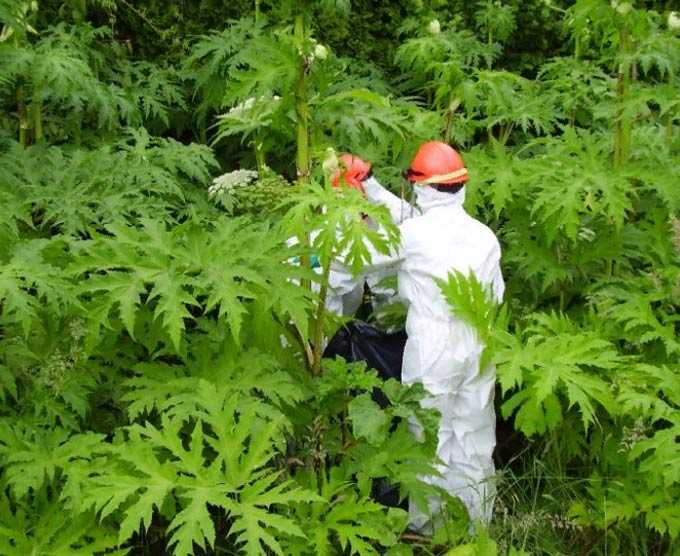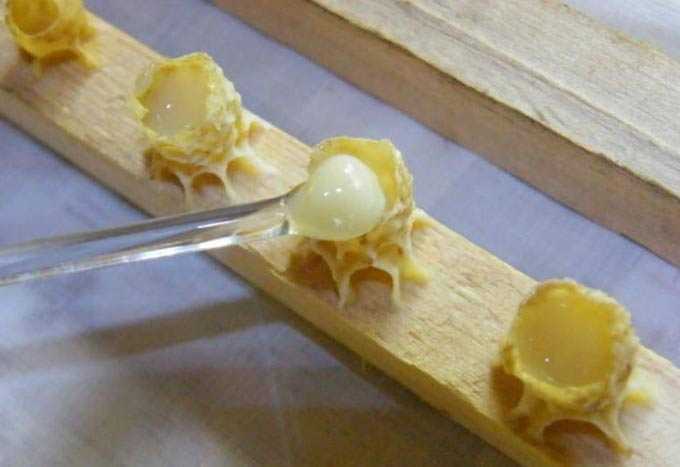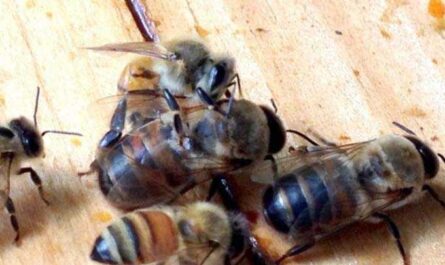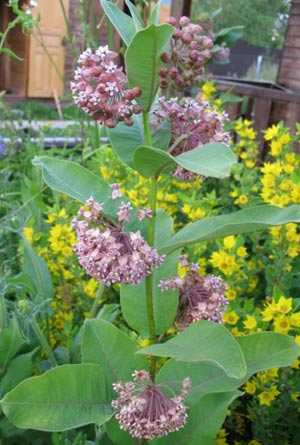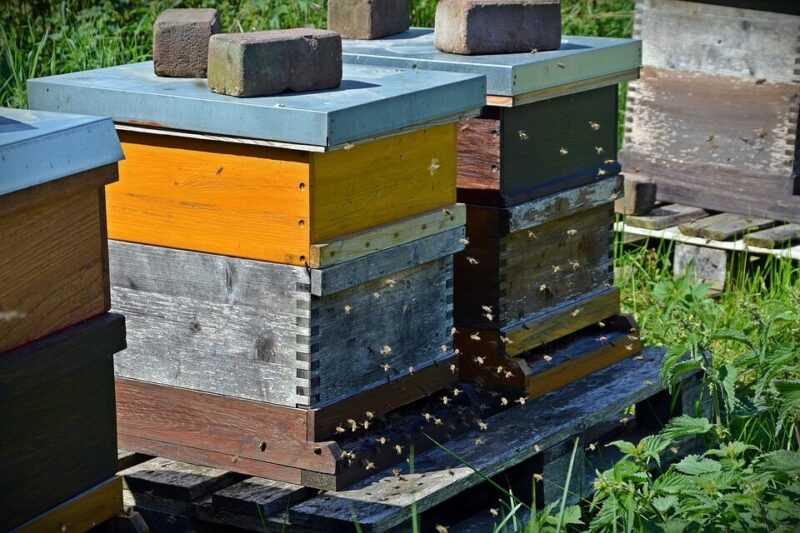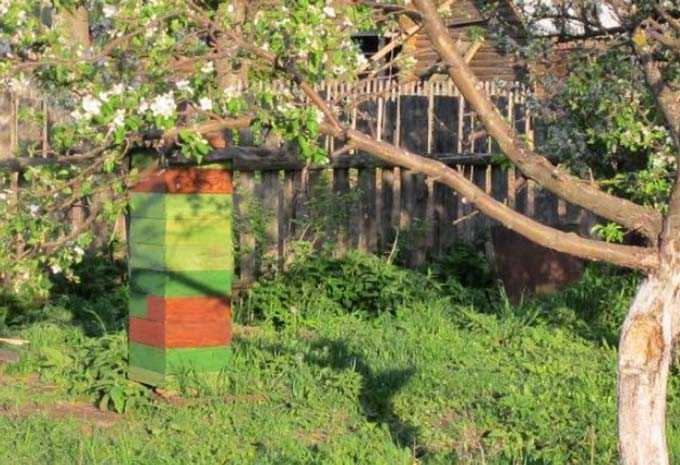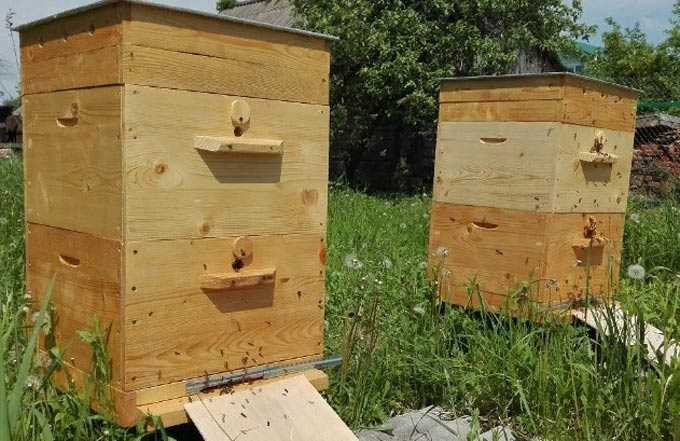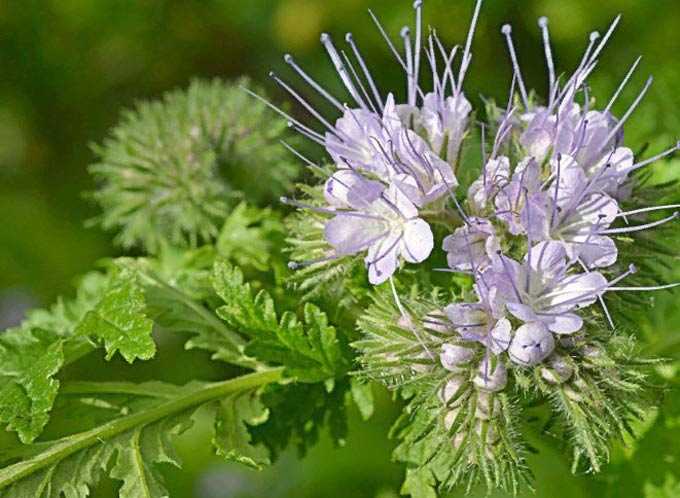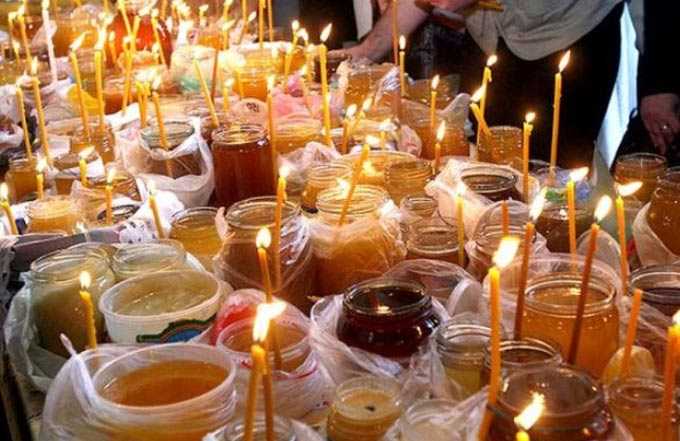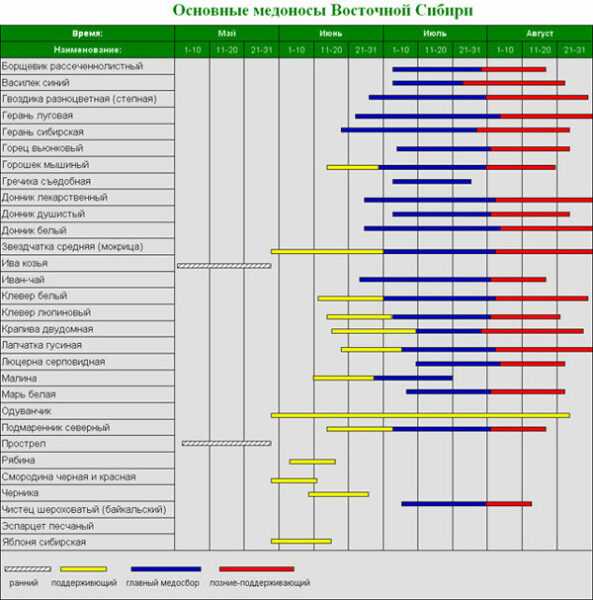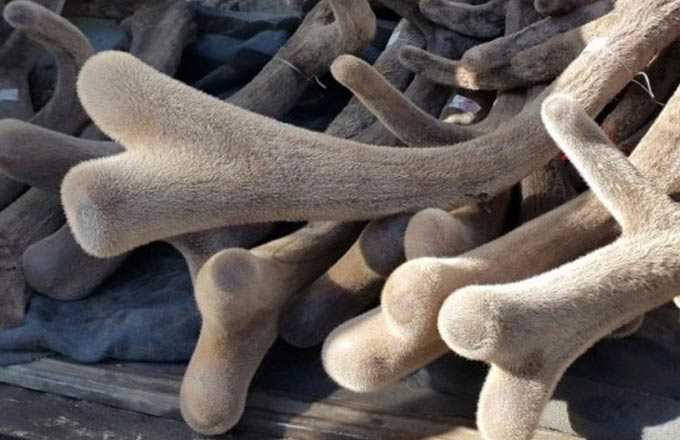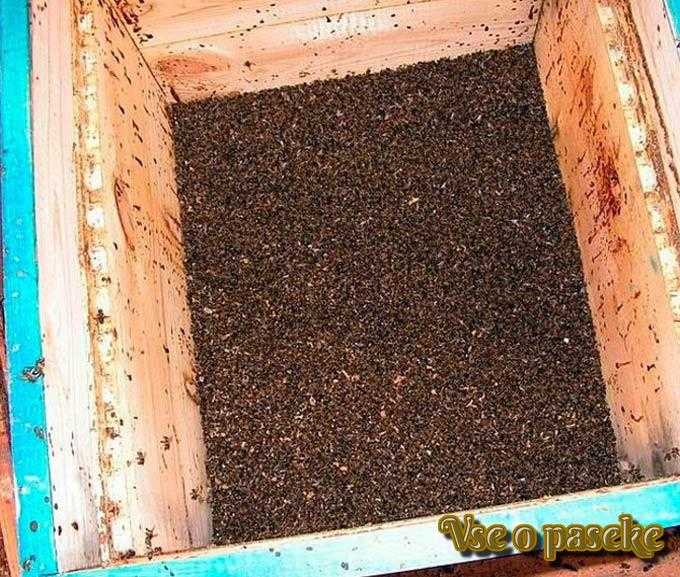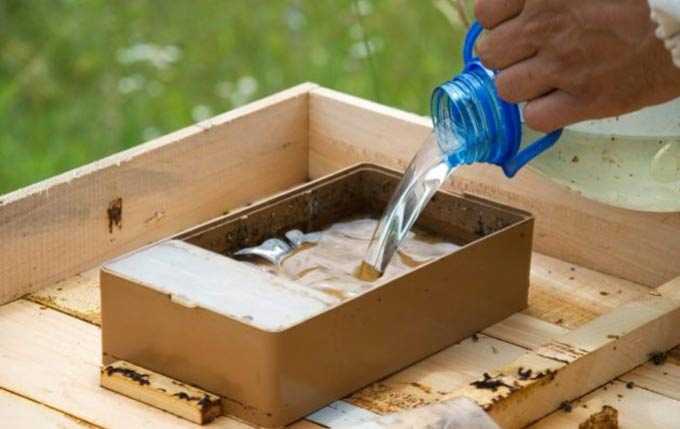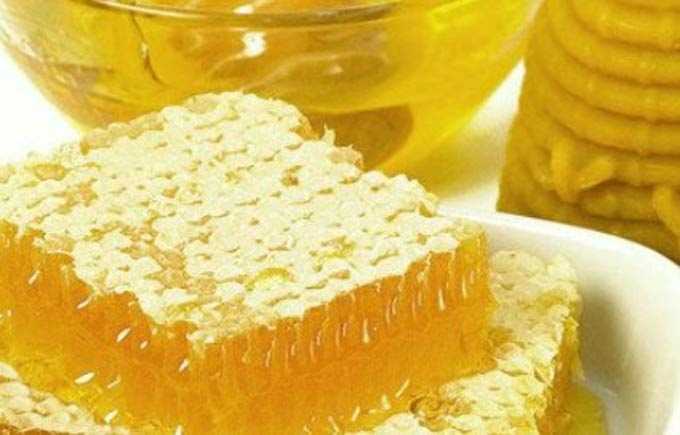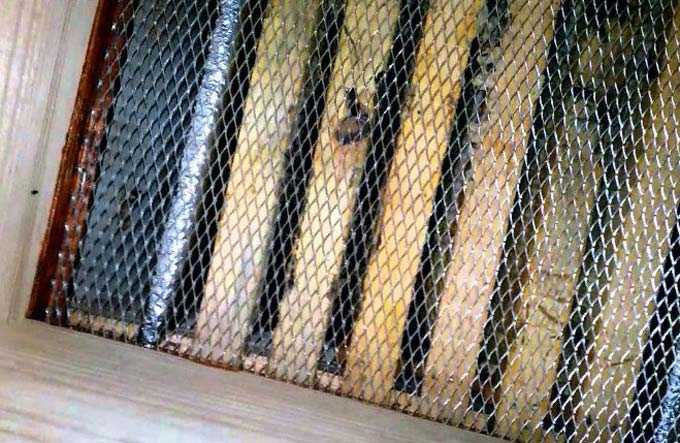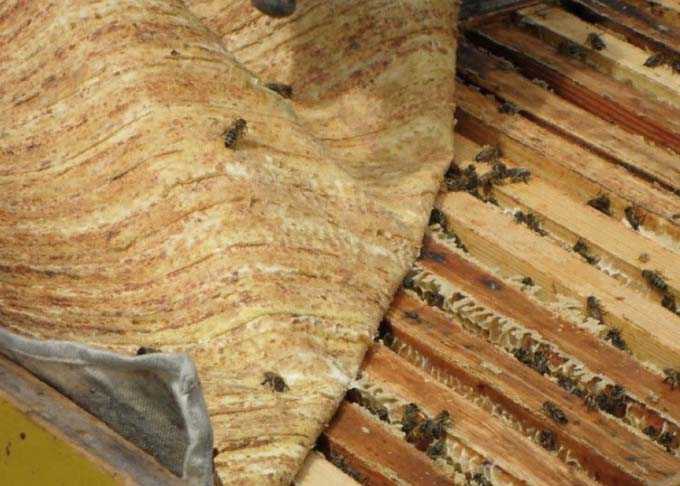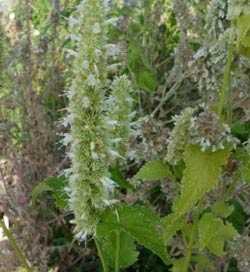Comfrey melliferous plant, representing a small genus of perennial low herbaceous forest poisonous plants of the borage family. Nice summer honey plant.
Other names: “larkspur” (not the same as larkspur!), “Bone breaker”, “greasy root”.
The content of the article
- 1 Distribution and Description
- 1.1 Varieties
- 2 Significance for agriculture
- 3 Agrotechnics
- 4 Honey productivity
Distribution and Description
The perennial is unpretentious to weather conditions, it can be found throughout European territory, from the western part of Asia to the islands of the British Kingdom. Dikoros prefers moist fertile soil. Often grows on the banks of small rivers and streams.
The plant can reach a height of one meter. Its root system is large, developed, has thick branched roots with small root processes. Hairy stems are straight, rather thick, with large spreading branches. Dark green large leaves with a fleecy coating, ovoid with pointed tips.
The flowers are bell-shaped, grouped in racemose inflorescences at the top of the spreading stems. Before blooming, the inflorescence is collapsed. During flowering, the petals change their color from red to cream, or from purple to pale blue.
Varieties
In total, the genus has eleven species of wild plants. Some of them are known among the people and are widespread in our territories.
Drug – a herbaceous forest plant with a poorly developed half-meter or meter-long stem. The flowers are purple or blue. It is often found in the forest and forest-steppe zone – in damp areas, in meadows and garbage places. Blooms massively in early summer. From thirty-five to forty-five days, he excretes abundantly nectar and pollen in the morning.
Rough or hard – a herbaceous low drought-resistant plant with a branched stem. The flowers are red or pinkish. It grows on forest edges, as well as in gullies, ravines, near rivers and streams. The flowering period also begins from the very beginning of summer or from the end of May and lasts about thirty-five days.
Caucasian – grows in the Caucasus, blooms at the end of April and blooms for up to thirty days.
Alien Crimean, Don species are also good melliferous plants.
Significance for agriculture
Comfrey is used only as a medicinal plant in homeopathy and folk medicine for external treatment (in the form of an ointment for the restoration of bones after injuries and the treatment of purulent wounds).
It is not used in official medicine because of its toxicity. This herb is excluded from the world list of medicinal plants and is prohibited for oral use.
Agrotechnics
The seeds of the plant do not germinate well, so it is best to use large pieces of the main root for planting. The earth is loosened and weeded before planting. The roots are planted to a depth of 5 centimeters, leaving 40 centimeters between them. Watering is optional.
If the grass is cut down, the flowering period can be extended until late autumn.
Honey productivity
During the flowering period, the grass produces abundant nectar throughout the entire sunny day. But bees collect bright yellow pollen only in the morning.
Honey productivity of different types of comfrey:
- medicinal – from one hectare to 180 kilograms;
- rough – up to 187 kilograms per hectare of plantings;
- Caucasian – about 130 kilograms of nectar from one hectare of plantations.
Bees cannot provide a monofloral collection of nectar from flowering comfrey, since the plant grows in nature in small stands and blooms its inflorescences during the period of mass flowering of summer forbs.
There is no monofloral variety of honey collected from comfrey on the market.
